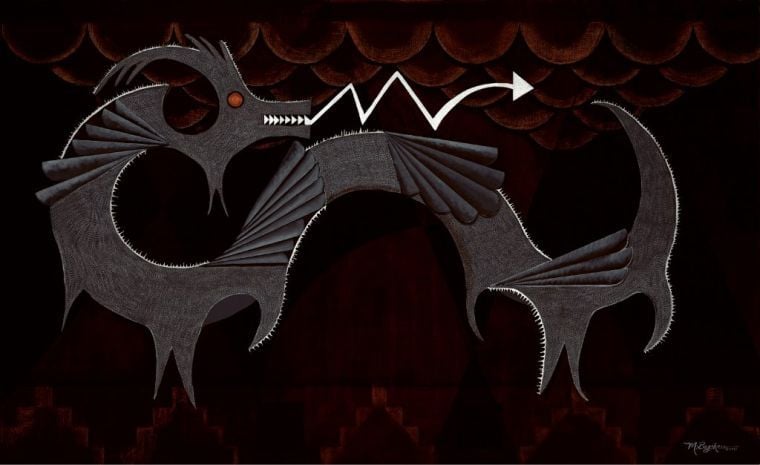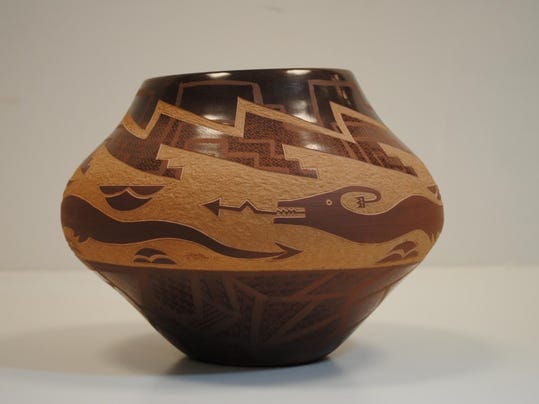Hello Everyone,
So unlike my Wednesday posts which are usually super serious and stuff, Mondays are working out to be my time to just express what's on my mind. So here is another fun post for Monday. I hope you all enjoy.
Currently I am taking an online class on the History of Latin America. I'm not that far into the course but I'm already having a lot of fun. And the other day I realized that there was a movie that sorta went along the same lines as what I was learning in my History class.
Does anyone remember "The Road to El Dorado" from Dreamworks studios? Released in 2000, this film follows the misadventures of con-men Miguel and Tulio of 15th century Spain. Through a stroke of luck they get their hands on a map to the fabled city of gold: El Dorado. Though another stroke of luck/misfortune they find themselves stowing away on the ship carrying Hernan Cortes to the New World. A horse, an escape, and a shipwreck land the two on the trail to adventure and the ultimate con-job: stealing all the gold from El Dorado. This movie is a swashbuckling adventure set in an historical setting. Like other movies set in a similar time period (Pocahontas anyone?) this film is littered with historical inaccuracies. But that doesn't stop me from enjoying it! And after enjoying the movie I can connect it with some historical facts I'm learning in my online class.
(Quick Disclaimer: I'm not going to delve into who was more wrong, the Spanish or the natives. And I'm not going to split hairs over details. All I want to do is use these movies to share some media fun and some fun facts about history.)
(Second Quick Disclaimer: My main textbook for this class is the 'Penguin History of Latin America' by Edwin Williamson. So most of my facts will come from that textbook in case you wanted to read up on it yourself, which I always reccomend. Granted in every record of history there are biases so please don't yell at me for it. Thanks!)
So let's start this fun with history off with a question. Why were Cortes and others so concerned about Gold in the New World in the first place?
The Rush for Gold
- In the early 1300's Europe was experiencing a 'gold famine' and they desperately needed a fresh supply.
- Spain and Portugual dealt with the effects of this european depression (accompanied by the Black Death in the middle 1300's) until the middle of the 15th century.
- This spurred a boom in maritime exploration and expansion to find new trade routes to secure more resources. These resources were namely gold, slaves, and corn.
- It was in the middle of this surge that Columbus participated in to find a westward sea passage to the Indies.
- In October of 1492, Columbus landed on a small island in the Bahamas and named it San Salvador.
- He later sailed to and names "Colba" (Cuba), "Hispaniola" (what would become Haiti and the Dominican Republic)
- Twenty years after Columbus's first exploration, the Spainards hadn't found much of worth besides what was on Cuba and Hispanola. They wanted to expand and find more.
In the El Dorado movie Miguel and Tulio manage to stow away on Cortes's ship as it departs from Spain in 1519. First off, as you'll see in a second, Cortes didn't exactly leave directly from Spain in such a formal fashion. And Secondly, he wasn't even looking for El Dorado in the first place! That would be Gonzalo Pizzaro some 30 years later. Anyway, so Cortes in this movie is a decoration really. Here are some facts about his career.
Enter Cortes!
- Rumors had reached a Spainard called Diego Velazquez in Cuba that there were riches in the interior of what we known as the Yucatan Peninsula and the Gulf of Mexico.
- Velazquez sent word to Spain to ask permission to further explore the area.
- While he was waiting, an upstart known as Hernan Cortes jumped the gun and left with his own men before anyone could stop him.
- Hernan Cortes had come to the Caribbean from Spain when he was only 19 and had worked as both a soldier and an administrator in Hispaniola and Cuba. He was 33 years old when he launched his exploration of the mainland.
- Cortes was a gutsy guy for sure. He planned on faceing the unknown with only 600 men, 16 horses, 14 cannons, and 13 muskets.
- In 1519 Cortes entered the capitol city of the Aztecs: Tenochtitlan.
- Tenochtitlan had been built on a lake and was regarded as the Venice of the New World. It would have been a truly awe-inspiring sight to behold.
- There Cortes met Montezuma, the Aztec Emperor. The fate of Mexico would hinge on the outcome of these two men meeting.
- Long story short Montezuma was taken captive by Cortes in Tenochtitlan and later died from mysterious injuries. Blood was spilled on both sides within the city and the Spainards were driven out in 1520 only to return later that year with reinforcements. Cortes besieged the city until surrender was forced on August the 13th of that year.
- Cortes became Marquis of the Valley of the Oaxaca. He continued to explore and harvest the abundant fruits of conquest until his death in 1547 at the age of 62.
- Cortes wrote his personal account of his conquest of Mexico within five letters to Charles V. Called the "Cartas de Relacion", these letters are his only surviving writings.
See? He had nothing to do with El Dorado. If you think about it, while Miguel and Tulio were busy conning the natives out of their gold, Cortes was off trying to conquer the actual Aztec Empire.
Now we can get on to the fun stuff!
Aztec Life
I loved the color and vibrance the El Dorado movie brought to this ancient people. If you've never seen the movie, I would really reccomend it if for no other reason than to bring some color to history. From what I have independantly studied I found the buildings, paint, clothing, and even their jewlery very accurate. I think I even spotted some cranial deformation on a few. Did anyone else spot that?
There was also a fair representation of the Aztec's religious beliefs. "Fair" being different from "spot on" because a "spot on" rendention of Aztec religion is closer to Apocolypto and that my friends is what's called TMI on the movie screen. But that's a rant for another blog post. Moving on.
All in all I thought Aztec life, at least the possibly nice side of it, was well told on screen by this film. I would consider this a good introduction for young students interested in this period of history or this ancient people. Yes, I know about the historical inaccuracies. But if I look back on the points from my "5 Reasons History is Boring (and 3 ways to change that)" article I see this as a tool to pique interest and stir up curiosity.
Some More Cool Stuff
One thing that both the Road to El Dorado and Cortes's actual encounter with the Aztecs had in common was the assumption that these white visitors were gods! In the El Dorado movie Miguel and Tulio are taken for gods because they resemble the two figures riding a beast on the stele (the great big rock) in one of the movie's scenes. Exactly which gods they are supposed to be are never specified. However, in Tzekel-Kan's (the movie's bad-guy priest) religious codex (aztec book), the gods he's expecting take the form of blood-thirsty monsters that are supposed to cleanse the city of unbelievers.
Conversely, the specific deity that the Aztecs temporarily mistook Cortes and his men for was the Feathered Serpent god Quetzalcoatl. If that name doesn't sound familiar then check out my article "Snapshots of Serpent Deities: The Feathered Serpent" for more info. This deity was supposed to have taken the form of a man at one point and had come from across the sea to bring civilization and order to the native peoples. He was said to have been a white, bearded man accompanied by swift-footed messengers. He later left and sailed back east on a boat made of serpents. Legend said the deity would return in the year Ce Acatl (One Reed). 1519, when Cortes came face to face with Montezuma, happened to be a One Reed year. That's more than a little cool.
So Yeah...
Just some fun from mixing a movie and my Latin American History class together! Even though movies don't always have all their facts straight it doesn't mean we can't enjoy them and use them as tools to get people interested in history. If you have any thoughts on what I pointed out here please let me know. I'd love to hear your thoughts. Thanks so much for stopping by, and have a great day!









